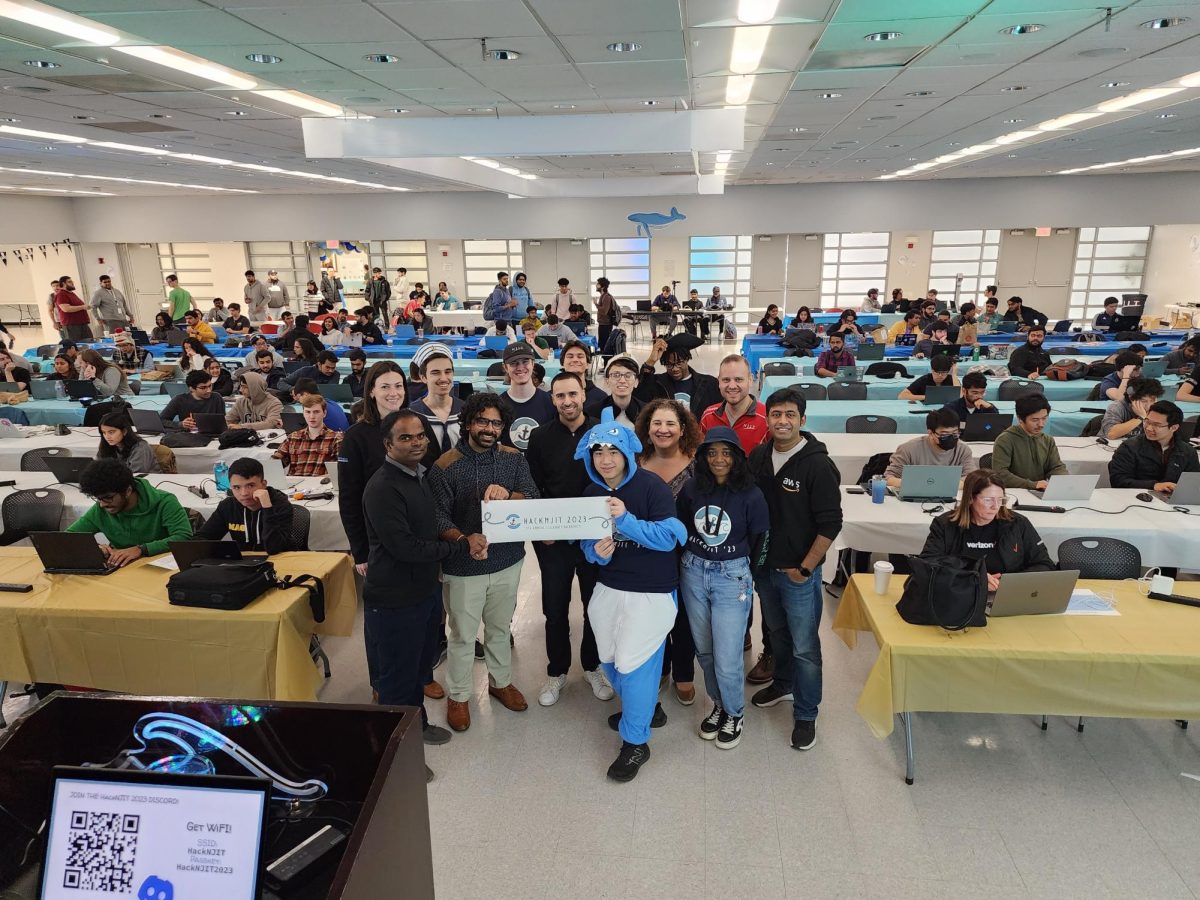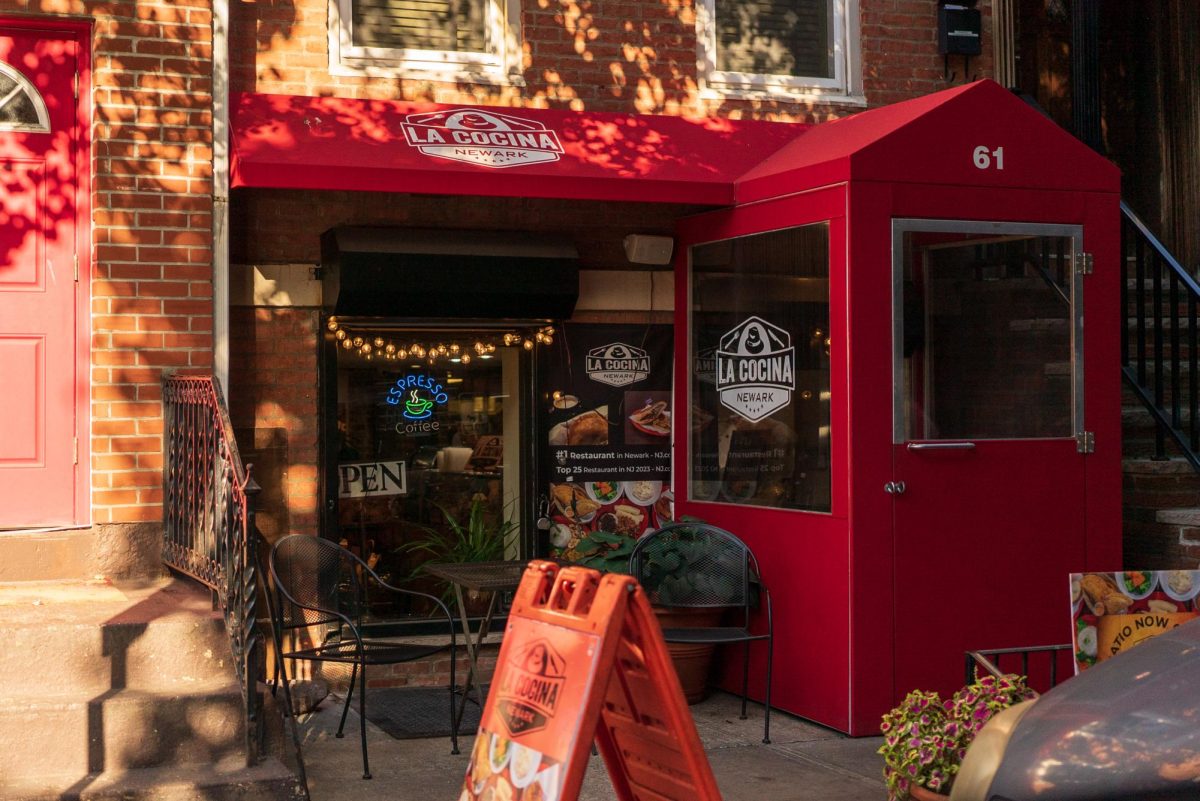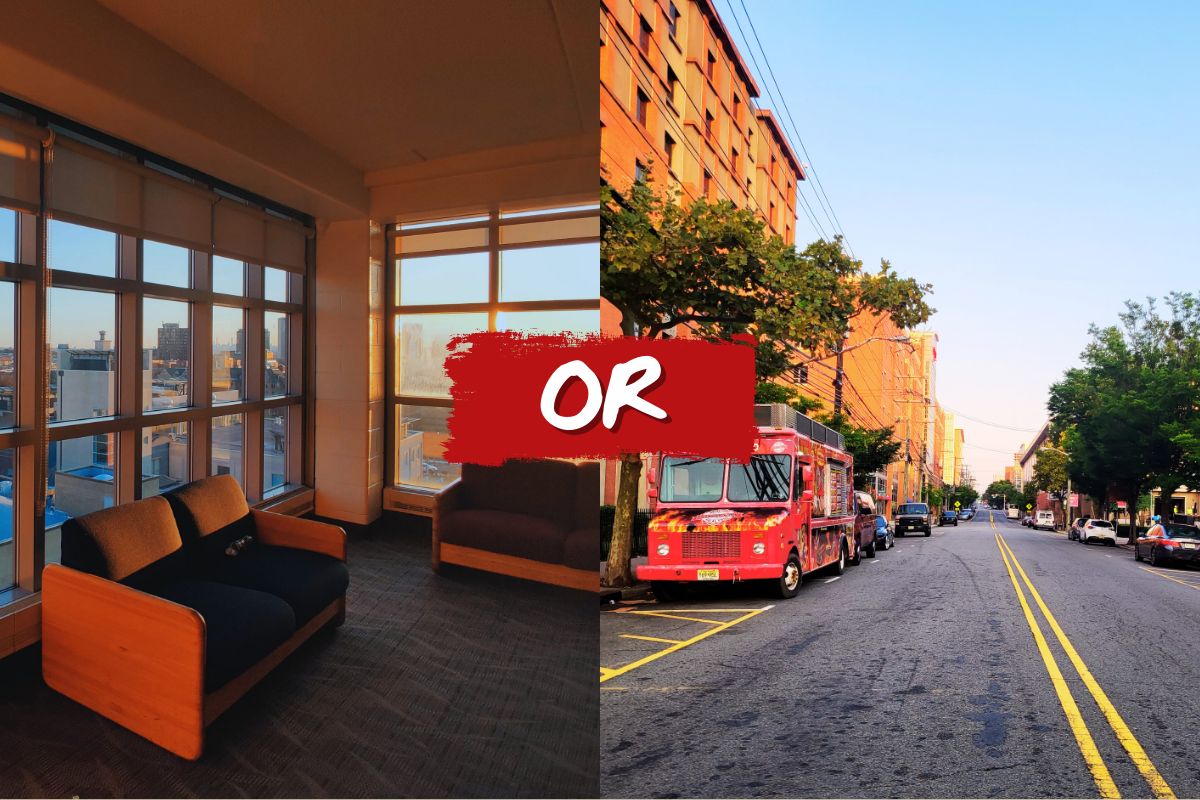On the Saturday morning of Nov. 4, hundreds of attendees poured into the Campus Center to participate in HackNJIT, the Association for Computing Machinery’s (ACM) annual hackathon held in conjunction with the Ying Wu College of Computing (YWCC) and Major League Hacking (MLH). This year was a special occasion, marking the 10th HackNJIT event. The hackathon had multiple categories to compete in, and was sponsored by companies including Verizon, Patient Safety Technologies, DataBank, Stevens Capital Management, GitHub, Amazon Web Services, and Google Cloud.
In a hackathon, participants, or hackers, form teams and design a project within the allotted 24 hours. This year, however, due to daylight savings time changes, the teams were given an extra hour. This means that hackers stay awake throughout the night and work with their group members to develop an app, program, or other feature, which they then present to the judges.
The judges of the 10th annual HackNJIT event were NJIT ACM alumnus and first president Ken Mosca, information technologies professor Matt Toegal, information technologies and systems professor Adam Sprysynzski, and current NJIT ACM president Ethan Ho, a third-year computer science major. There were 16 categories for prizes, including those from ACM and the College of Computing as well as special categories created by the sponsoring companies. In total, over $5,200 in prize money was up for grabs.
The categories from ACM and YWCC were first, second, and third place, as well as “Best Nautical Themed Hack” and “Best First-Year Hack.” “We typically like to include the best theme to encourage hackers to pursue a more interestingly themed project,” added Ho, and “the first-year hack category is to encourage first-year students in college to showcase their skills!” The first, second, and third-place teams won $1,500, $1,000, and $500 split between the team respectively, while the “Best First-Year Hack” team won an item for each member.
Companies such as Verizon hosted the “Reimagine Digital Experience with GenAI” project. For instance, “Man Overboard,” a project described as “advanced tech for cruise ship safety, rapid detection, and crew alerts in critical situations,” won the Patient Safety Technology Challenge, which provided a way to reduce medical errors and accidents.
MLH provided other categories such as “Most Creative Use of GitHub,” “Best Domain Name from GoDaddy Registry,” “Best Use of Streamlit,” “Best Use of Circle,” “Best Use of Kintone,” “Most Creative Use of Redis Cloud,” and “Best Use of Soroban.”
HackNJIT is an annual in-person event that is open to United States college students. 583 students registered, with around 370 participants during the event who worked on 63 submissions. The event came close to breaking the record for the most participants that the hackathon has ever had, as the highest-ever attendance count was merely single digits away.
While participants worked on their project for a large duration of the event, numerous workshops and events were hosted at various points. These included sessions hosted by companies such as Verizon and light-hearted events such as typing competitions and midnight karaoke. “As HackNJIT is designed to be beginner-friendly, we hoped to create a great experience for first-time hackers by providing several workshops throughout the event and offering assistance however we can,” said Ho in an email statement.
The theme of the hackathon this year was “nautical,” giving students the freedom to originate any project they desired. All submissions were graded based on the factors of innovativeness, creativity, and functionality. “As the code itself is not judged and not expected from all hackers, all types of participants are welcome to join as the judges are mainly exposed to the end project or demo the hackers set up,” he added.
When asked about highlights of the event, ACM graphic designer Kapila Mane, a second-year human-computer interaction major, commented over email that she enjoyed leading a submission workshop for participants. “I fondly remember my first hackathon, where I wasn’t able to submit because I never knew how and the wi-fi crashed during the submission period,” she recalled. “I hope I was able to avoid that catastrophe for some of the attendees and give them a better result than just sheer confusion and panic.”
Ho expressed that the decorations and vibe of the event were special. “Our goal for the event was to decorate to the best of our ability and make it seem like we were all underwater. So we had put up marine animals and bubbles around, but the main thing was the LED lights we had set up,” he explained.
“They were all wave lights, so if you had looked at the ceiling, it would have a wavy ceiling effect making it look like the main ballroom was underwater,” Ho continued. “Seeing all the LEDs with all the decorations was a nice reminder to the hackers that the event was more than just a hackathon, and we hoped to make their experience at HackNJIT a great one, especially for those first-time hackers!”


































